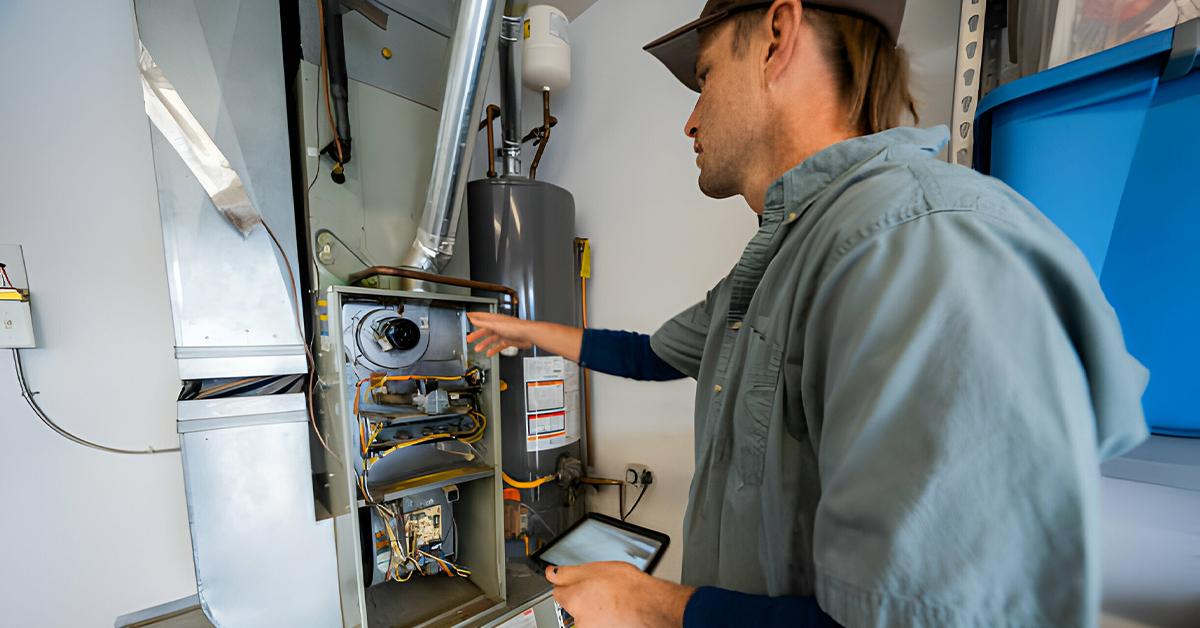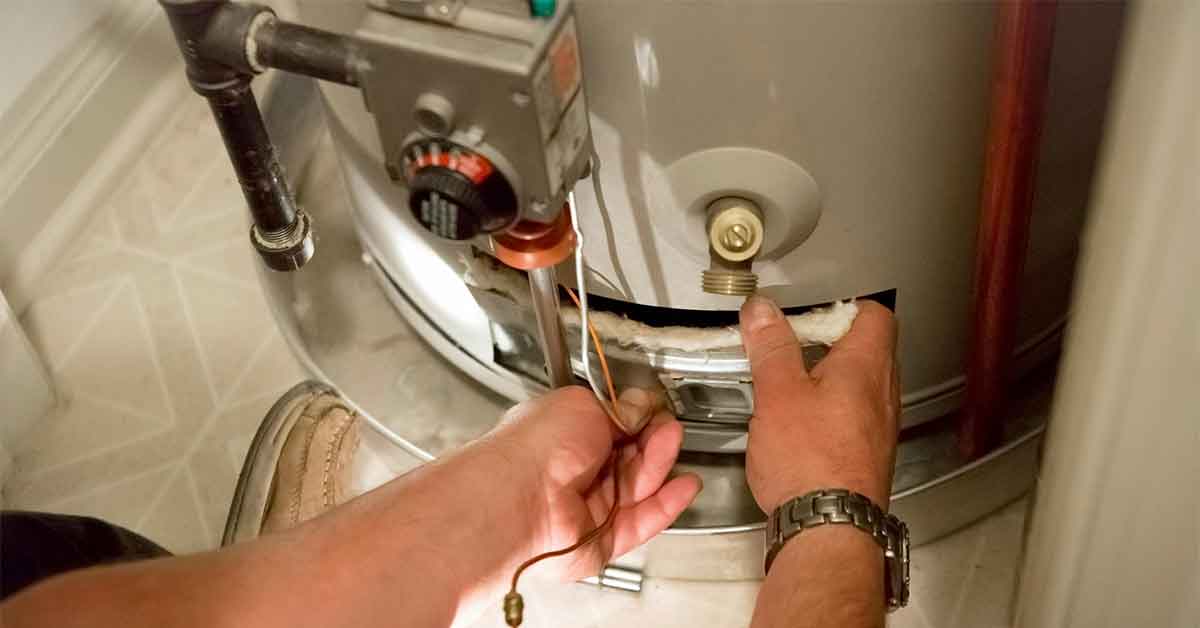Blog


Hot Water Heater Not Producing Enough Hot Water - 3 ways to fix
A consistent supply of hot water is a modern-day necessity, vital for various daily tasks such as showers, dishwashing, laundry, and more. However, there may come a time when you find that your hot water heater is not producing enough hot water as hot as you’d like, or it seems to run out too quickly. In this extensive guide, we will delve into common issues that can lead to these problems and provide detailed solutions to ensure a consistent and satisfying supply of hot water in your home.
Troubleshooting Insufficient Hot Water
Check the Temperature Setting
When you first notice that your hot water isn’t as hot as it should be, the issue might be as straightforward as an incorrectly adjusted temperature setting on your water heater. To remedy this situation effectively:
- Locate the temperature control knob or dial on your water heater, which is often found near the bottom.
- Carefully increase the temperature setting to a level that provides the desired hot water temperature. However, exercise caution not to set it too high to avoid the risk of scalding.
Combat Sediment Buildup
Over time, sediment—primarily composed of minerals like calcium and magnesium—can accumulate at the bottom of your water heater tank. This sediment acts as an insulating barrier, reducing the efficiency of the heating element and potentially leading to lukewarm water issues. To address this issue effectively:
- Consult your water heater’s manual or manufacturer’s guidelines for step-by-step instructions on how to flush the tank and eliminate sediment buildup.
- Periodic flushing of the tank can significantly improve your water heater’s efficiency and maintain consistently hotter water temperatures.
Address Thermostat Malfunction
If your water heater’s thermostat is malfunctioning, it may not accurately regulate the water temperature, resulting in lukewarm water. In such cases, seeking professional assistance is advisable:
- Have a certified technician inspect your water heater to diagnose any thermostat-related issues.
- If necessary, they can replace a faulty thermostat to restore your water heater’s performance to optimal levels.
Dealing with Hot Water Running Out Quickly
Manage High Demand
It’s not uncommon for hot water to run out quickly, especially during periods of high demand when multiple showers, laundry, and other appliances are in simultaneous use. To effectively tackle this issue:
- Coordinate hot water usage within your household during peak times to ensure a continuous supply for everyone.
- Consider upgrading to a water heater with a larger tank capacity if your household frequently experiences high hot water demand.
Evaluate Tank Size
The capacity of your water heater’s tank plays a critical role in determining how long your hot water supply will last. If you frequently find yourself running out of hot water, it may be due to an inadequate tank size:
- Assess your hot water usage patterns and demands to determine whether your current water heater’s tank size is sufficient.
- Consult with a professional to explore the option of installing a larger water heater that better aligns with your household’s needs.
Inspect for Dip Tube Deterioration
The dip tube is a crucial component within your water heater; it carries cold water to the bottom of the tank for heating. If the dip tube deteriorates or breaks, cold water may mix with the hot water supply, leading to lukewarm or even cold water at the tap. To effectively address this issue:
- If you suspect dip tube deterioration, contact a professional for a thorough inspection and, if necessary, replacement.
Preventive Maintenance Tips
Preventing hot water issues and maintaining your water heater’s efficiency are essential to ensure a reliable supply of hot water in your home. Consider implementing the following preventive maintenance tips:
Regular Temperature Checks
- Periodically check and adjust the temperature setting on your water heater to ensure it aligns with your desired hot water temperature.
- Keep in mind that water that’s too hot can pose a scalding hazard, especially for children and the elderly. Strike a balance between comfort and safety when setting the temperature.
Annual Tank Flushing
- Schedule an annual draining and flushing of your water heater to eliminate sediment buildup and maintain peak efficiency.
- Flushing the tank is a straightforward process but can significantly improve your water heater’s performance and longevity.
Thermostat Inspection
- Regularly inspect the thermostat for any signs of malfunction, such as inconsistent temperature control.
- If you notice irregularities, consult with a professional to diagnose and resolve thermostat-related issues promptly.
Mindful Hot Water Usage
- Be mindful of your household’s hot water usage, especially during peak demand times. Distribute hot water usage to ensure a consistent supply for everyone.
- Encourage family members to use hot water efficiently, such as taking shorter showers or running appliances like dishwashers and washing machines during off-peak hours.
Conclusion
A reliable and ample supply of hot water is essential for comfort and functionality within your home. When faced with issues like insufficient hot water temperature or quick depletion, prompt identification and resolution are crucial. By following the troubleshooting water heater steps and incorporating preventive maintenance practices outlined in this guide, you can ensure that your water heater functions optimally, providing you with the consistent and satisfying hot water supply your household needs.
For complex issues or if you’re unsure about performing maintenance tasks, don’t hesitate to seek professional assistance. Maintaining your water heater not only ensures comfort but also contributes to enhanced energy efficiency and long-term cost savings. Your water heater plays a pivotal role in your daily life, and taking steps to keep it in good working condition is an investment in your household’s overall comfort and convenience.




